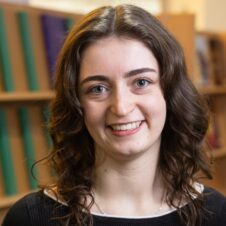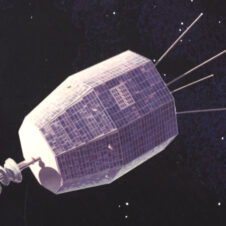Dr Adelle Goodwin, Dr Natasha Hurley-Walker, and Dr Adam Stevens have all been recognised in this year’s Astronomical Society of Australia awards, along with University of Sydney student Maria Djuric, and CSIRO’s ASKAP radio telescope team.
The Astronomical Society of Australia (ASA) will honour the five at its Annual Scientific Meeting in Hobart 27 June – 1 July.
“Australian astronomers are among the best in the world, and the breadth of these prestigious awards shows why we lead the world in so many areas. It is a pleasure to recognise these examples of individual brilliance, as well as teamwork, and technical innovation,” says ASA President Professor John Lattanzio.
Explosive observation shines brighter than a thousand suns
Dr Adelle Goodwin, Monash University/ICRAR/Curtin University, winner of the Astronomical Society of Australia’s Charlene Heisler Prize for the most outstanding PhD thesis
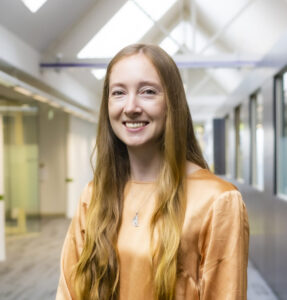
Dr Adelle Goodwin Image: ICRAR
Adelle predicted an outburst from neutron star SAX J1808.4−3658, enabling five groups of researchers and seven telescopes to examine the onset of such an event in detail for the first time.
Neutron stars are extreme objects. Just one handful of their matter weighs as much as five Mount Everests. What’s more they are dark and hard to find.
When they’re part of a binary system, they steal matter from their partner star, producing bright X-ray emission and occasionally explosions a thousand times the energy of our sun.
The project, one of six that made up her thesis, included Neils Gehrels Swift X-ray Observatory, the International Space Station’s Neutron Star Interior Composition Explorer, Las Cumbres Observatory, and the South African Large Telescope. Adelle undertook her PhD at Monash University and is now a post-doctoral researcher at ICRAR/Curtin University.
Thousands of black holes in a new vision of the night sky
Dr Natasha Hurley-Walker, ICRAR/Curtin University, winner of the Astronomical Society of Australia’s Anne Green Prize 2022 for a significant advancement by a mid-career scientist
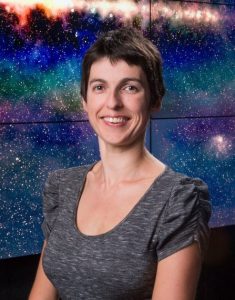
Dr Natasha Hurley-Walker Image: ICRAR
The recently published image of the black hole at the heart of the Milky Way was captured by massive radio telescopes and a big global team.
Meanwhile, Natasha has worked with a small team of early career researchers to use Australian telescopes to create a new vision of the entire southern sky, in radio colour.
This work enabled the imaging of hundreds of thousands of black holes in distant galaxies, and the identification of a remnant supernova that lit up the sky for Indigenous Australians when it exploded 9,000 years ago.
Natasha is an ARC Future Fellow at ICRAR/Curtin University in Perth. She completed her PhD in radio astronomy at Cambridge University in the UK. Her prize-winning project is the GaLactic and Extragalactic All-sky MWA (GLEAM) extragalactic catalogue.
A universe in a computer shows where galaxies are headed
Dr Adam Stevens, ICRAR/The University of Western Australia, winner of the Astronomical Society of Australia’s Louise Webster Prize 2022 for outstanding research by a scientist early in their post-doctoral career
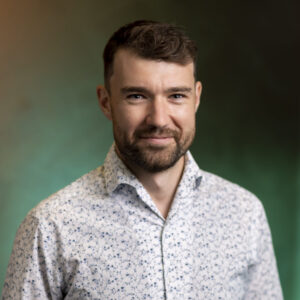
Dr Adam Stevens Image: ICRAR
Imagine playing God within a supercomputer simulation.
That’s what Adam did in his University of Western Australia post-doctoral research, which was one of the most cited physics and astronomy papers for the year it was published.
Adam simulated and tested predictions of what radio telescopes might see in the actual sky.
Those predictions have helped scientists understand the evolution of galaxies.
Adam used the IllustrisTNG simulation on the Draco supercomputer at the Max Planck Institute in Germany.
He says: “What’s wonderful about a simulation is you can track exactly what happens to a galaxy: you can play back the simulation and it can spit out data. Whereas, when you observe a galaxy, you just see how it is now.”
You can read more information on the other prize winners online.
